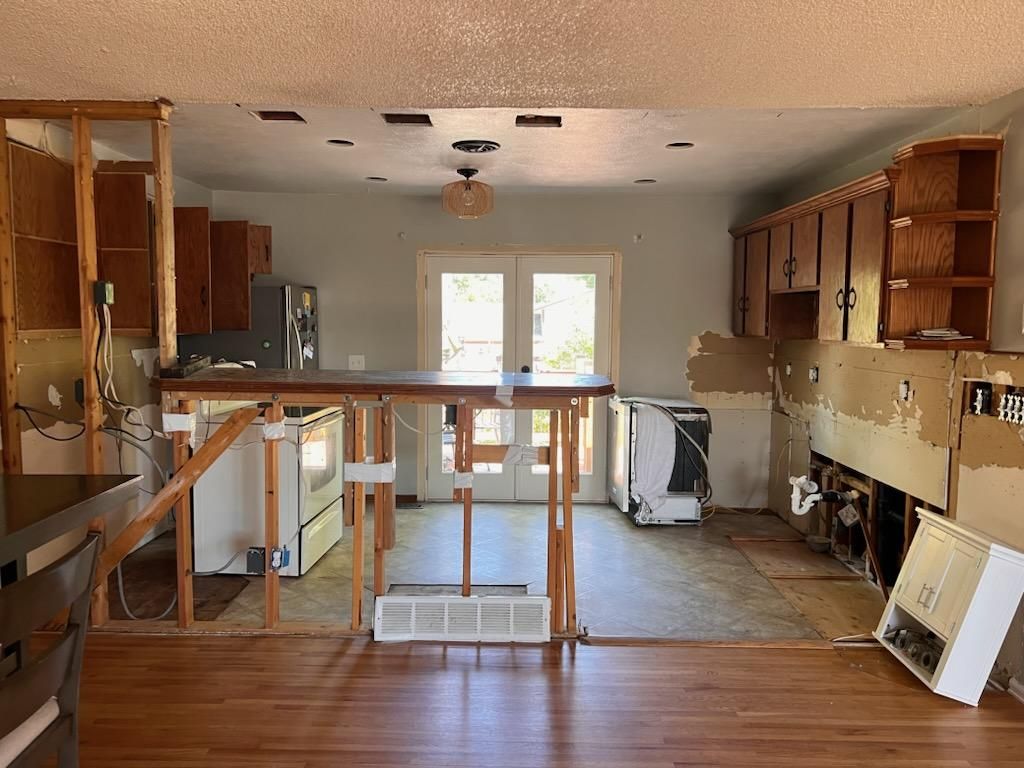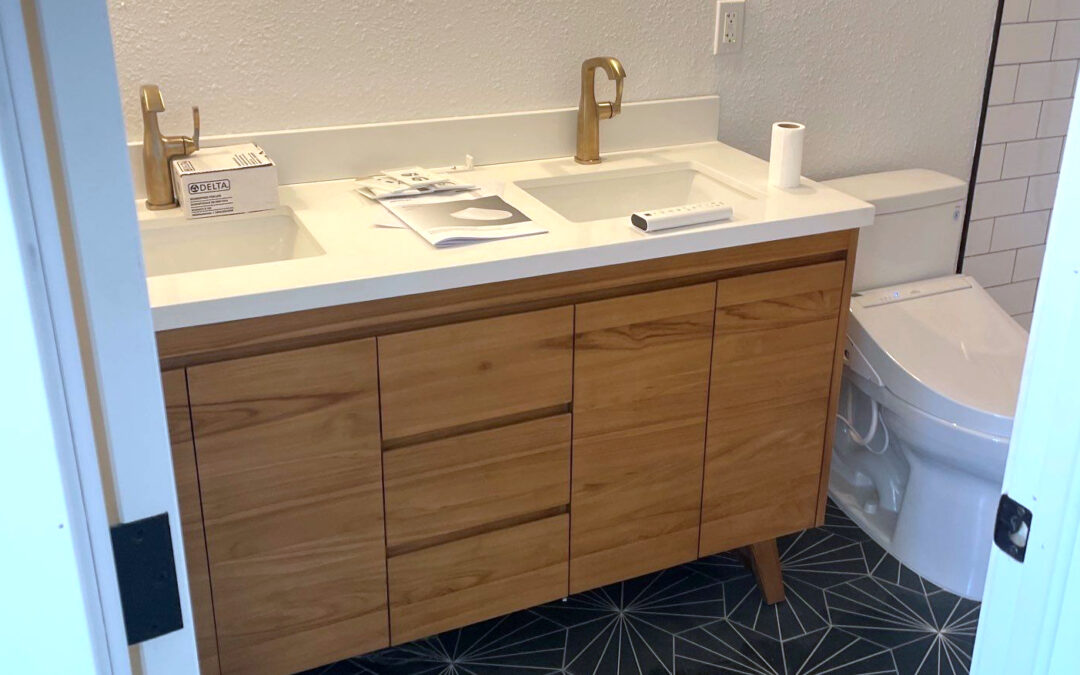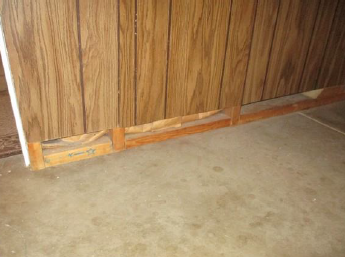Story #13
Did you know that you have to clean your sewer line at least every other year? Not with rubber gloves and soap. Ewww! Sewer cleaning services will safely remove blockages in the sewer line from your home to the main sewer connection for your city or development. OK, it’s still kinda gross, but you don’t have to touch it.
A home inspection can discover countless, costly issues with a house that would have made us walk away from buying it, like structural, roof, or mechanical problems. A sewer scope can reveal blockages, damage to the pipes, and other problems with the line. In addition to everything that gets flushed down the toilet, cooking grease deposits can accumulate in pipes and clog them. Outside the house, tree roots seeking running water can grow into pipes through the tiniest opening, choking and breaking them. Pipes can also break when the soils around them shift. If the sewer lines aren’t cleaned every 1 ½ to 2 years, these blockages and breaks can lead to costly repairs to the pipes and cause foul and expensive damage inside the home, too, such as sewage back up into your basement.
A sewer scope is a video inspection of the pipes from the house to the street. Our rockstar realtor, Laura Gray, recommended that we get one done during the inspection period. She made an appointment for us with a sewer scope company that doesn’t also do sewer cleaning. If they recommended the additional services, we knew that they weren’t just trying to up-sell us, she explained. Unfortunately, their camera couldn’t get past a blockage to explore the entire sewer line, so they told us we should clean the sewer line and get a second video scope. After the appointment, Laura reviewed the video and photos with us to help us understand what they showed.
We had only asked the sellers for a 1-week inspection period, but we couldn’t find another available company in the remaining time. Laura negotiated an extension to the inspection period for a few days to schedule the second sewer scope. Then, she again arranged the appointment for us. This cost twice as much as the first one, but we wanted to know if there were significant sewer issues.
First, the company used high-pressure water to break up blockages, scour pipe walls, and push debris down the sewer system. Then, they sent a sewer auger with sharp teeth, also called a plumber snake, down the pipe and spun it quickly to cut through tree roots that had intruded into the plastic pipes. Once they cleared all the blockages in the pipes, they did another video inspection.
After spending $425 on 2 sewer scopes and a sewer cleaning, we were disappointed to learn that there was a 5-foot-long crack in a pipe that needed to be replaced. When we submitted our offer, Laura coached us to keep the important inspection option but say that we wouldn’t object to minor repairs under $5,000, like replacing the section of driveway in front of the carport to prevent cracks and erosion. However, we knew that these sewer repairs would cost a lot more than that inspection rejection threshold. We got an estimate for $8,900 to install a 10-foot plastic pipe and a new city main saddle.
Here’s where Laura’s expert negotiation really helped us! If we tried to change our purchase agreement because of this inspection finding, there was a risk that the sellers would refuse to contribute any money for the needed repairs or lower the sales price. Then, we would’ve had to decide if this expensive sewer work was a dealbreaker for us to walk away from the house. We also said that we wouldn’t back out of the contract for up to $5,000 in repairs. They could have asked us to pay the first $5,000 and even split the balance owed above that. Instead, Laura convinced them to pay for the whole project and complete it before we closed on the house.
HOMEOWNER TIPS
It’s worth repeating that we didn’t waive the inspection period in our first offer on our first home—and it was still accepted in a multiple offers situation and hot real estate market. And, Laura got the sellers to pay for a major sewer repair. Coincidentally, on the same day as our first sewer scope, our neighbors where we currently live had a 30-yard trench cut through their front yard to replace the sewer line all the way to the street. It cost them over $20,000—and that doesn’t include clean-up and repairs from the backup inside the house. What a great reminder that owners should proactively clean sewer lines regularly to prevent nasty plumbing emergencies and expensive repairs!














